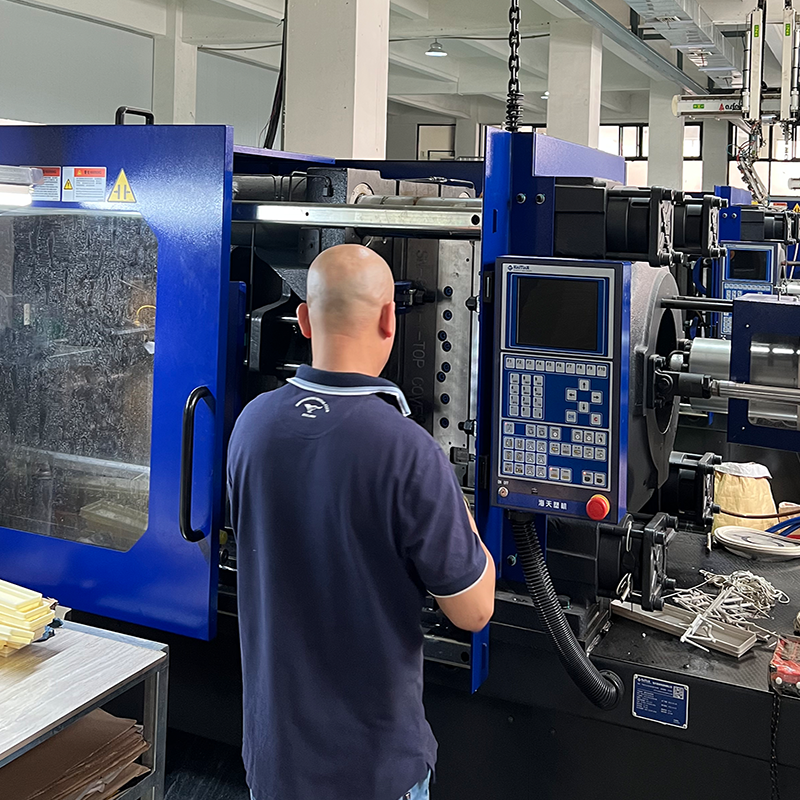Plastic injection molding plays a pivotal role in the production of plastic components used across a wide range of industries. From automotive parts to consumer electronics, medical devices to home appliances, plastic components help enhance product functionality, durability, and design. As one of the most reliable and high-quality manufacturing processes, plastic injection molding continues to experience steady growth, with the global market projected to expand at a compound annual growth rate (CAGR) of 4.6% through 2028.
At Flykeyboard, we specialize in high-precision plastic injection molding, offering customized solutions to meet the diverse needs of our clients. With our advanced technology and extensive industry expertise, we can help streamline your manufacturing process and deliver superior components that ensure the highest standards of performance, durability, and quality.
In this article, we’ll explore what plastic injection molding is, how the process works, and how manufacturers control each step to ensure optimal outcomes. We’ll also take a look at the various factors involved, from selecting materials to the final product, and explain why this process is so popular across multiple industries.
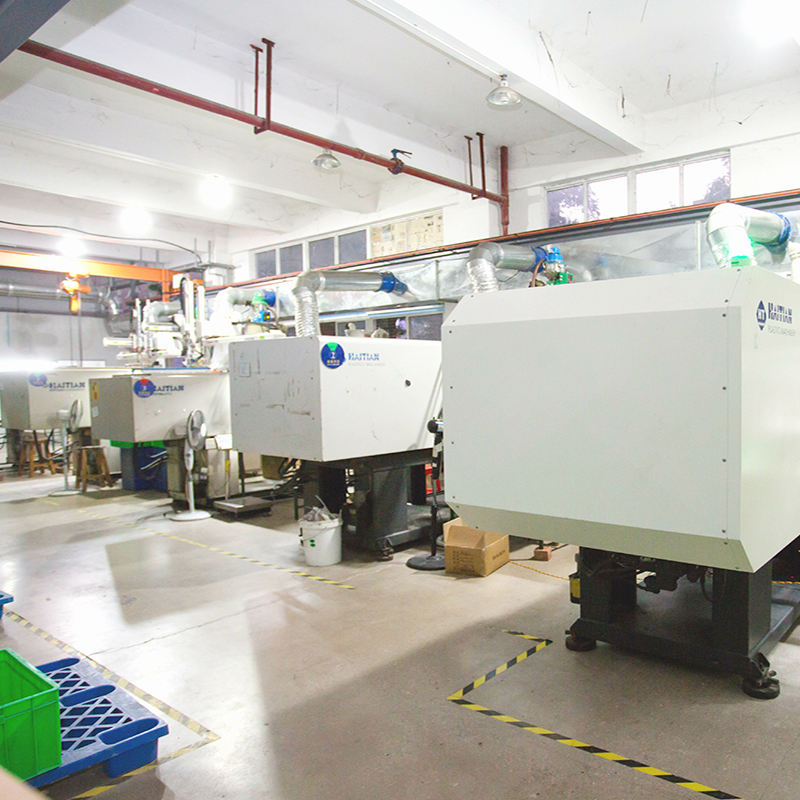
What Is Plastic Injection Molding?
Plastic injection molding is a sophisticated manufacturing process used to produce high-volume plastic components with precise specifications. The process involves injecting molten plastic into a metal mold, where it cools and solidifies to form the desired part. Injection molding can produce parts with intricate geometries and fine details, which makes it ideal for a wide variety of applications.
This process is highly valued for its flexibility, efficiency, and ability to deliver consistent, high-quality results. The compound mold design, thermoplastic material selection, and controlled processing parameters allow manufacturers to create complex components at scale with minimal variation.
Some of the key benefits of plastic injection molding include:
- Flexibility: Different types of thermoplastics and mold designs can be utilized to produce a wide array of components with varying properties.
- Efficiency: Once set up, injection molding machines can produce a large number of parts quickly and consistently, making it ideal for mass production.
- Cost-effectiveness: The primary expense lies in creating the mold. After that, production costs are low, especially for high-volume runs.
- Consistency: When managed properly, the injection molding process can produce thousands of parts with minimal defects.
- Quality: The ability to meet high standards for both functional and aesthetic requirements makes injection molding the go-to process for manufacturing plastic parts.
At Flykeyboard, we ensure that all of our injection molding processes adhere to strict quality control standards, optimizing for the best performance and consistency across production cycles.
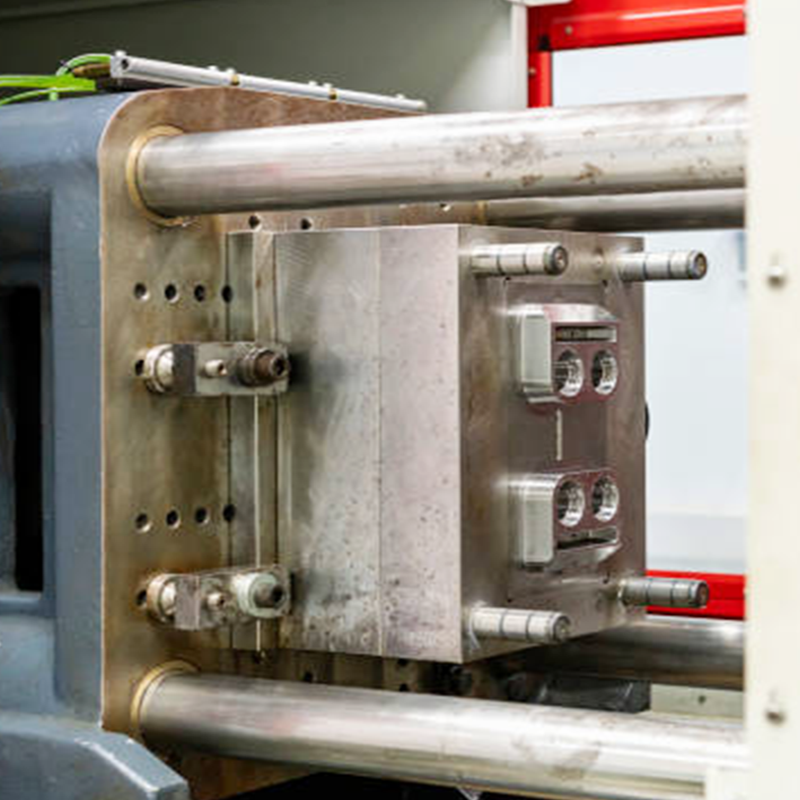
How Does the Plastic Injection Molding Process Work?
The plastic injection molding process involves several critical steps that must be carefully monitored to ensure that the final product meets the necessary specifications. Below, we’ll break down each phase of the process to help you understand how we manage production to achieve the highest quality results.
Step 1: Material and Mold Selection
Before the injection molding process begins, selecting the appropriate thermoplastic material and mold is paramount. The thermoplastic material used in injection molding is chosen based on the requirements of the final part, including factors such as strength, flexibility, temperature resistance, and chemical resistance.
The mold itself consists of two primary components: the cavity and the core. The cavity is the fixed portion of the mold that shapes the outer surface of the part, while the core forms the internal geometry. Depending on the part design, the mold can be single or multi-cavity, allowing for the production of multiple parts simultaneously.
The mold is typically made from high-strength materials such as steel or aluminum due to the high pressures and temperatures involved in the process. To ensure accuracy, molds are usually tested and validated using advanced techniques like CAD (Computer-Aided Design) modeling and 3D printing prototypes before final production.
At Flykeyboard, we work closely with our clients to select the right material and mold configuration for their specific needs, ensuring optimal performance and cost-efficiency.
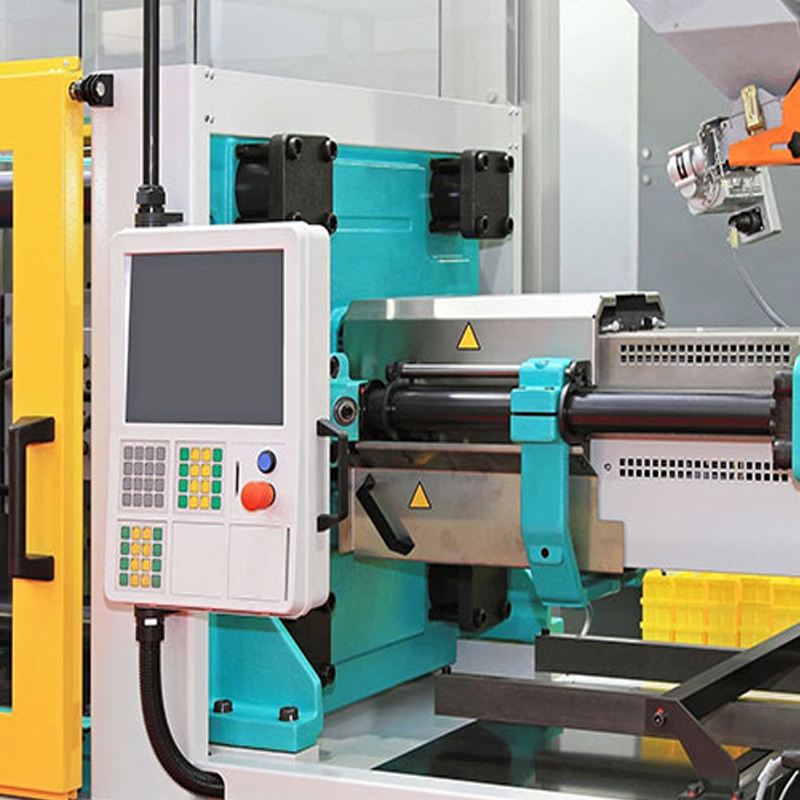
Step 2: Melting and Feeding the Thermoplastic
Once the mold is ready, the next step is to melt the thermoplastic material, which is usually in the form of small pellets. These pellets are fed into a hopper, where they are moved into a heated barrel. Inside the barrel, a rotating screw helps melt the material as it moves toward the mold cavity.
During this stage, maintaining precise control over the temperature is essential to ensure the plastic melts uniformly. Overheating or underheating the plastic can lead to defects such as incomplete filling, short shots, or poor material properties in the final part.
At Flykeyboard, our injection molding machines are equipped with state-of-the-art temperature control systems, ensuring optimal material flow and consistent results.
Step 3: Injecting the Plastic Into the Mold
Once the plastic is sufficiently melted, it is injected under high pressure into the mold cavity. The mold is tightly clamped during this phase to prevent any plastic from escaping. The injection pressure must be precisely balanced with the clamp pressure to ensure the mold is filled properly, preventing defects such as warping or misalignment.
The amount of pressure and speed at which the plastic is injected is carefully monitored to guarantee that the molten material flows into every part of the mold, filling intricate details and achieving the required material density.
At Flykeyboard, we use advanced injection molding machines that allow us to fine-tune the injection parameters for each part, ensuring that each component is produced with the utmost precision.
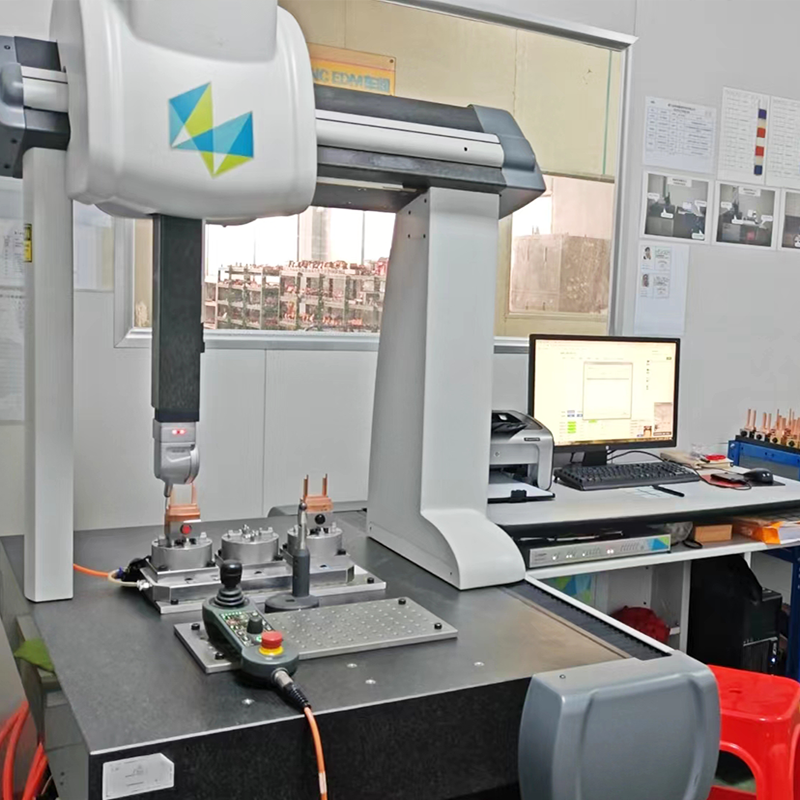
Step 4: Cooling and Holding Time
After the mold is filled, the plastic is held under pressure for a brief period, known as the holding time, to allow it to fully pack into the mold and form the final shape. Following this, the material cools and solidifies, a phase referred to as cooling time. The cooling process is essential for ensuring that the component retains its shape and strength.
Cooling time can vary depending on the complexity and size of the part. Larger, thicker components take longer to cool, while thinner, smaller parts can solidify more quickly. Our team at Flykeyboard ensures the optimal cooling process for each component, reducing cycle times and improving efficiency.
Step 5: Ejection and Post-Processing
Once the plastic has fully cooled and solidified, the mold opens, and the part is ejected using ejector pins or plates. After removal, some parts may require post-processing steps such as trimming, polishing, or assembly.
Our facility is equipped with post-processing capabilities to finish and assemble components, ensuring that parts are ready for immediate use or shipment. We can also conduct additional quality checks to ensure the parts meet your specifications.
Why Choose Flykeyboard for Plastic Injection Molding?
At Flykeyboard, we pride ourselves on our ability to produce high-quality plastic components using the most advanced injection molding technology. Our experienced team works closely with you to understand your specific needs and provide tailored solutions that meet your exact requirements. With precision, efficiency, and sustainability at the forefront of our processes, we’re committed to delivering the best results every time.
If you’re looking to create custom plastic components for your next project, our team is ready to assist. Whether you need advice on material selection, mold design, or post-processing techniques, we’re here to help.
Contact us today to learn more about our plastic injection molding services, or request a free quote for your next project. With Flykeyboard, you can trust that you’re in capable hands, delivering high-performance parts that meet your needs on time and within budget.

